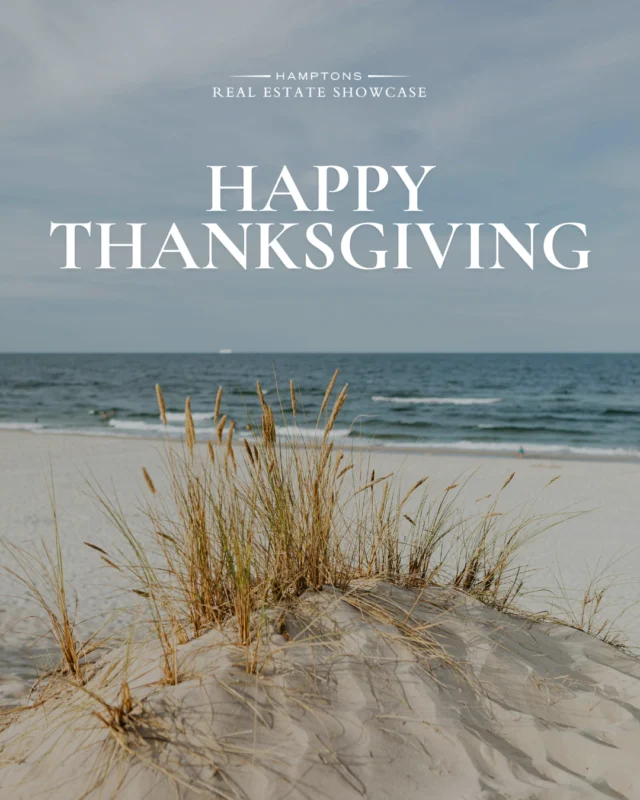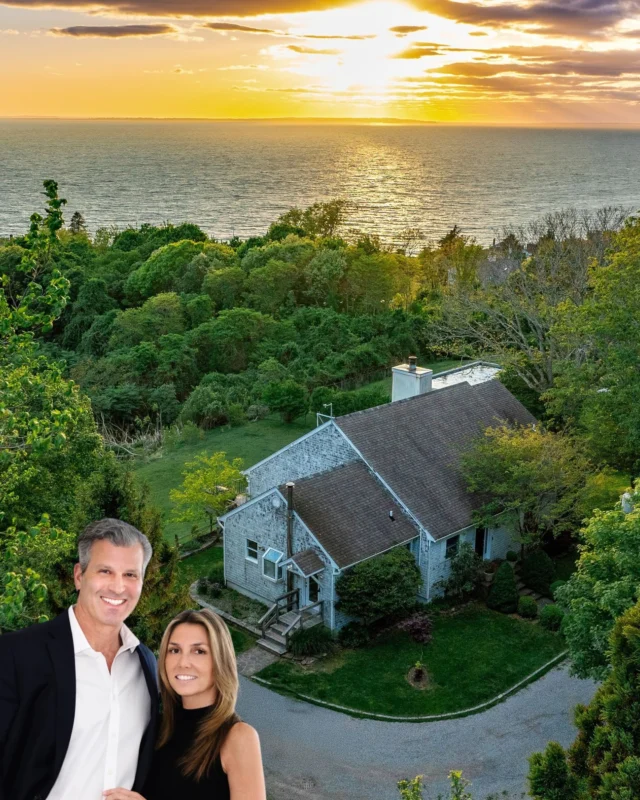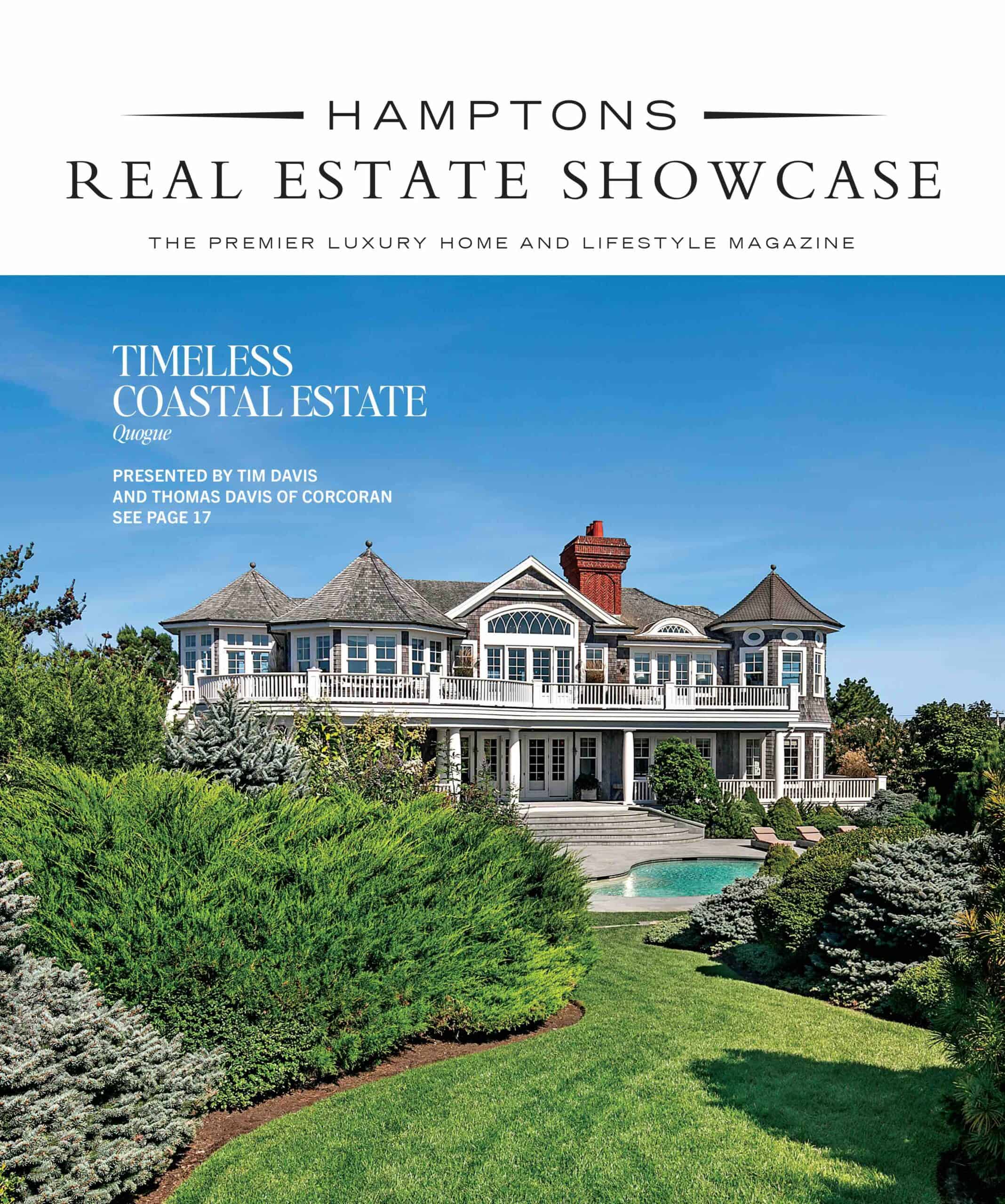There are even more artists in the Hamptons than real estate professionals. Here’s the latest installment of our ongoing series…
Jonathan Morse
A graduate of Harvard College and The Harvard Graduate School of Design, Jonathan Morse enjoyed a career as an architect in New York City before moving to Sag Harbor and picking up a camera. Actually, the fine art photographer has a collection of some two hundred vintage cameras illustrating the rise and fall of the roll-film camera in his ante-bellum Main Street Captain’s house. Known for his portraiture of artists and writers, he has captured the images in black-and-white classic style of such eminent figures as George Plimpton, Peter Matthiessen and orchestra leader Peter Duchin.
Also an art book publisher, under the MORSE BOOKS imprint, he collaborates with other artists, photographers, galleries and collectors. In his “one-stop-shopping” approach, he photographs the artwork, writes the text, designs the book and arranges for the printing at a competitive price. “The quality is equal to Rizzoli and other top-of-the-line publishers, but it costs half the price and takes half the time.”
Ellen Frank
East Hampton artist Ellen Frank is honoring “cities in strife” with a series of works that resemble large-scale illuminated manuscripts. Instead of monastery-bound monks decorating pages, Frank oversees artist-interns from more than 20 countries to create her Cities of Peace series. The project is comprised of shimmering imagery—made with such materials as mica, bronze powders and gold leaf—to honor the history and culture of cities that have “experienced major conflict and trauma” including Baghdad, Beijing, Hiroshima, Jerusalem, Kabul, Lhasa, Monrovia, New York, and Sarajevo. In January, Frank exhibited a painting at Auschwitz to commemorate the 70th anniversary of the camp’s liberation. Works devoted to Aleppo, Damascus, Beirut, Berlin, Bujumbura, Mogadishu, Phnom Penh and other cities will continue the project. “The series directs action through hopeful energy by celebrating the best of the human spirit, transforming anguish into beauty.”
Monica Banks
The scale of Monica Banks’ work has ranged from a block-long sculpture weighing 16 tons, which stood in the middle of Times Square from 1996-2009, to the miniature porcelain figures she forms today in her East Hampton studio. She has worked with manifold materials from heavy gauge steel bar to copper wire as fine as hair; household detritus from dog hair to twist ties; dental x-rays; worn china teacups, and found objects from fine jewelry to rusty washers discovered in the parking lot at Main Beach. Making art helps her “make sense of my life and the world around me, exploring subjects from senseless victimization in history and current events to the joys of domestic life.” Since her first solo museum show in 1991, she has exhibited in many important venues.
Lynn Matsuoka
Native New Yorker Lynn Matsuoka visited Japan for six months, but was so intrigued by the land and its culture that she stayed nearly four decades. While in the land of the rising sun, she became well known for her action portraits of Kabuki theatre, Bunraku (puppet theater) and Sumo wrestlers–one of whom she later married. “My goal has always been to capture the intense and private moments while athletes and actors prepare for their performances.” Since moving to Bridgehampton, she has focused her work on portraits or pets and horses. Her equestrian work—at private farms in Wellington, Florida or the Hamptons (including at the Hampton Classic), starts as a drawing and often develops into an oil painting.










![Space reservations are closing soon for the Holiday / New Year Issue of Hamptons Real Estate Showcase 🎁 This double issue comes with expanded reach, now landing in South Florida as well. Start the new year with premium visibility among luxury homeowners from the Hamptons to Miami. [link in bio]](https://hamptonsrealestateshowcase.com/wp-content/uploads/sb-instagram-feed-images/588642217_18550541596030135_1974828802096238970_nfull.webp)
![Holiday hosting is all about the details 🕯️ This season’s tabletops mix nostalgic charm with fresh touches. Think layered textures, seasonal greens, and flickering candlelight. Whether it’s a quiet dinner or a festive feast, there’s beauty in every setting. [link in bio]](https://hamptonsrealestateshowcase.com/wp-content/uploads/sb-instagram-feed-images/587562593_18550195297030135_5307983913708101790_nfull.webp)
![There’s no shortage of thoughtful, design-forward gifts to discover across the East End this season 🎁 Whether you're shopping for a hostess, a homebody, or someone who simply loves beautiful things, we’ve rounded up a few local finds that are sure to surprise and delight. [link in bio]](https://hamptonsrealestateshowcase.com/wp-content/uploads/sb-instagram-feed-images/587623967_18550040371030135_5392968951052147490_nfull.webp)


![@raphael_avigdor brings his signature boldness and emotional depth to this year’s Art Basel, unveiling a solo show that’s as personal as it is powerful. Presented by London gallerist Rebecca Hossack, the exhibition celebrates his latest photographic book Both Sides Now, a visual homage to the layered lyrics of Joni Mitchell.
The show opens on December 4, 2025 from 6PM–9PM at her newly renovated home and gallery in East Little Havana. [link in bio]](https://hamptonsrealestateshowcase.com/wp-content/uploads/sb-instagram-feed-images/584394178_18549642664030135_1592235407580770939_nfull.webp)

